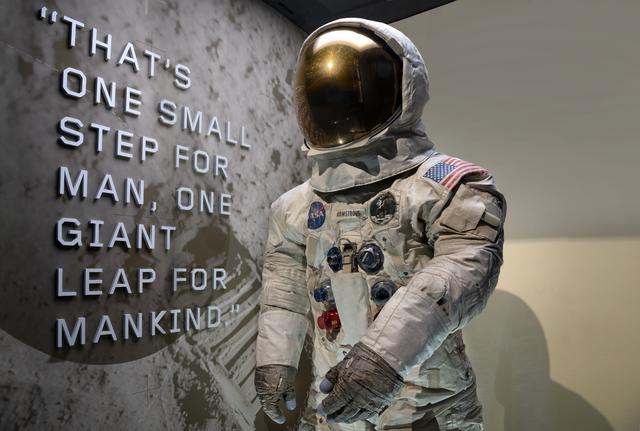
This week marks the 50th anniversary of the Apollo 11 moon landing. One would think the moon landing and the race to get humans on the moon didn’t have much of an impact on the building and reuse industry. But that’s not so!
NASA has been keeping track of all of the spinoff technologies that have benefited the human race. The list includes water purification, solar cells, pollution remediation, air scrubbers, chemical detection and more. Here are a few related to the building and reuse industry:
- Fire resistant reinforcement materials were first created for the Apollo heat shield. Now they exist in such materials as paints, furniture, building materials and more. There’s even a similar technology that acts as a steel coating and is designed to swell and protect buildings in the case of collapse or fire.
- Shock absorption materials were designed to safely remove fuel and electrical connectors from the shuttles during launch. These absorbers can now be found in buildings and sky scrapers around the world to protect against earthquakes.
- Astronauts needed comfy seats for their journey, so NASA developed memory foam. It can now be found in nearly every industry, including seating, bedding, safety equipment, prostheses and more!
- NASA needed portable self-contained power tools for use in space. Black & Decker was tasked with the job and the first cordless mini vacuum was born as the DustBuster.
- The crawler vehicles used by NASA needed environmentally safe lubricants. PS300, which is applied by spray, can now be found in everything from cars, to fishing equipment, and household tools.
This is just a short list of the myriad of technologies necessary to make the Apollo 11 moon landing possible. Visit NASA Spinoff to see more.
